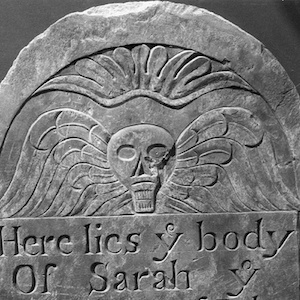Religion

Hagia Sophia
This an image of the Hagia Sophia, the cathedral of the Byzantine Empire in Constantinople. It was built in the early 6th century by the Emperor Justinian and stands today, almost 1,500 years later, despite earthquakes, wars, and revolutions.

Analyzing Objects
The modules in Methods present case studies that demonstrate how scholars interpret different kinds of historical evidence in world history.

Cremation Rites with the Youngest Son, Calcutta 1944
The photographs depict a Hindu cremation site, or burning ghat, in the city of Calcutta in 1944. The first photo shows the men of the family, including the deceased's sons, seated in front of the corpse, which lies shrouded and bedecked with flowers on a bier.

Hariti Relief Panel at Candi Mendut, Java
The carved stone relief is from the interior of Candi Mendut, a Buddhist temple in Central Java. Mendut was built during the early Shailendra dynasty in about 824 CE. It may have been built on the site of a Hindu temple from a previous century.

Kuwera Relief Panel at Candi Mendut, Java
The carved stone relief is from the interior of Candi Mendut, a Buddhist temple in Central Java. Mendut was built during the early Shailendra dynasty in about 824 CE. It may have been built on the site of a Hindu temple from a previous century.

Krishna Tied to a Mortar for Stealing Butter
Krishna is known in the stories of the Bhagavata-Purana as the 8th incarnation of the god Vishnu, destined to perform great deeds and remove the evils of the world.

Krishna Defeats the Whirlwind
Krishna is known in the stories of the Bhagavata-Purana as the 8th incarnation of the god Vishnu, destined to perform great deeds and remove the evils of the world.

Krishna and the Cremation of Putana
Krishna is known in the stories of the Bhagavata-Purana as the 8th incarnation of the god Vishnu, destined to perform great deeds and remove the evils of the world.

Fire Hair Shaving and Khwan Ceremony, Thailand
The text and photographs above describe a traditional Thai birth ritual that celebrates the child's reaching the milestone of one month old, at which time its survival seems more assured than at birth, and it becomes a full-fledged member of the family.

Gravestones and Childhood
In 17th-century New England, Puritan beliefs about "infant depravity" (born with "original sin") generated anxieties about "eternal damnation" that shaped methods of childrearing and notions of death. Puritan beliefs can be "read" on the gravestones often made out of dark grey slate.